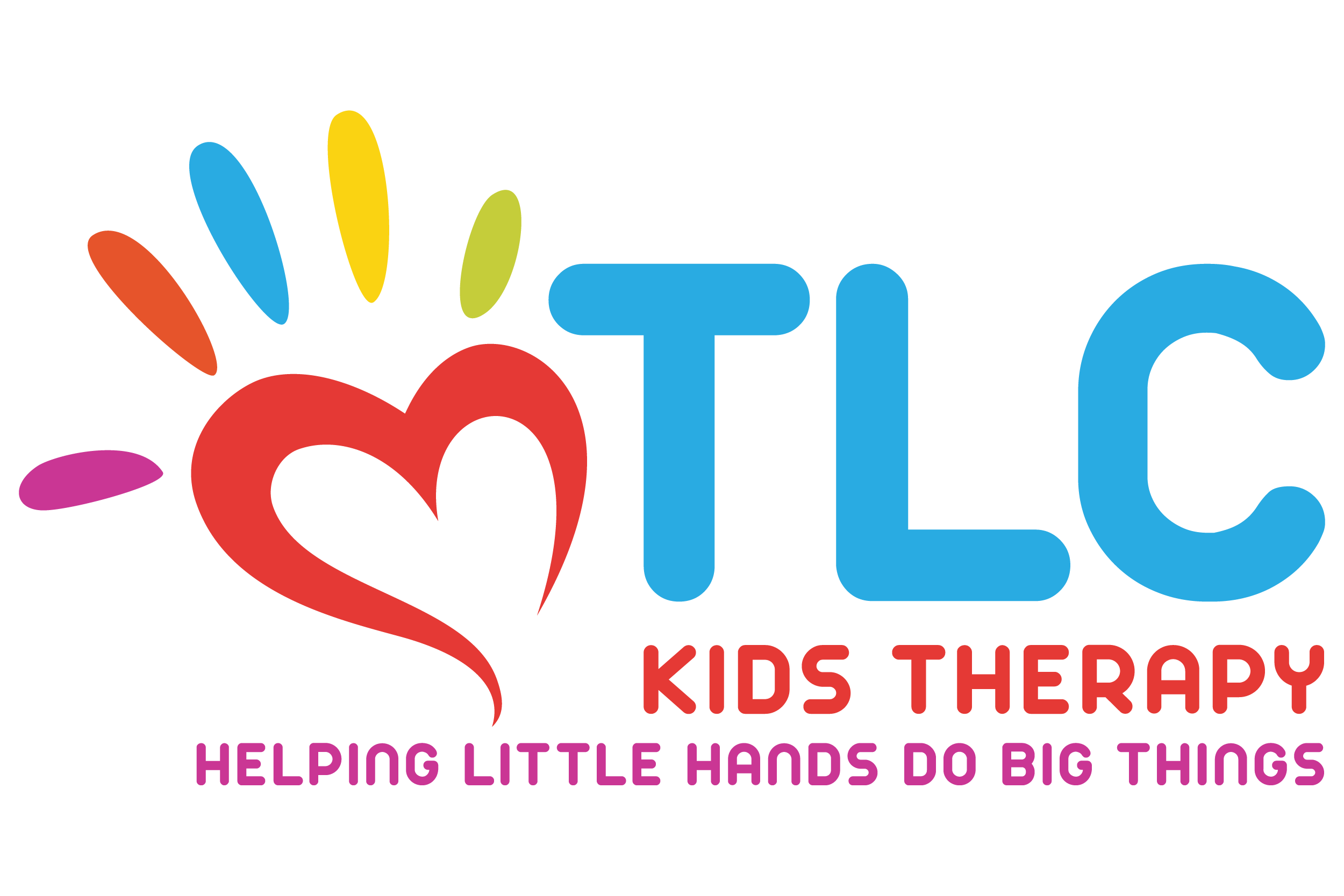In the realm of sensory integration therapy, the Wilbarger Brushing Protocol has emerged as a widely recognized and respected technique. Developed by Patricia Wilbarger, an occupational therapist and pioneer in the field of sensory processing, this protocol has gained popularity for its potential to help individuals with sensory processing difficulties. In this blog, we will explore the fundamentals of the Wilbarger Brushing Protocol, its benefits, and the considerations to keep in mind when implementing it.
Understanding Sensory Integration
Sensory integration refers to the process by which the nervous system receives, organizes, and interprets information from the senses. For most people, this process occurs effortlessly, enabling them to respond appropriately to sensory stimuli. However, some individuals, particularly those with sensory processing disorders (SPD) or conditions such as autism spectrum disorder, struggle with this integration. They may become overwhelmed by sensory input, leading to difficulties in everyday activities and emotional regulation.
What is the Wilbarger Brushing Protocol?
The Wilbarger Brushing Protocol is a sensory intervention technique aimed at facilitating better sensory integration in individuals who have difficulties processing sensory information. The protocol typically involves two main components: deep pressure and brushing.
Deep pressure refers to the application of firm, but gentle, pressure to various parts of the body using specialized tools like a therapy brush. The brushing component involves using a specific brushing technique with a soft-bristled brush on the person’s skin.
The brush strokes are performed slowly and deeply, following a specific sequence, and are typically applied to the arms, legs, hands, feet and back. The process is meant to be calming and organizing for the individual’s sensory system. After brushing, joint compression and also vibration is provided again, in a specific sequence.
How Does it Work?
The underlying principle of the Wilbarger Brushing Protocol is believed to be related to the body’s “tactile defensive” response, which is often observed in individuals with sensory processing challenges. Tactile defensiveness refers to an extreme aversion to touch or certain tactile sensations.
When applied correctly, the deep pressure, vibration and brushing may help desensitize the individual to touch and reduce tactile defensiveness. Additionally, the protocol is thought to provide proprioceptive input, which contributes to body awareness and a sense of grounding.
Benefits of the Wilbarger Brushing Protocol
- Improved Sensory Regulation: The protocol can assist individuals in becoming more aware of their body’s responses to sensory stimuli, leading to better regulation and emotional control.
- Reduced Tactile Defensiveness: Regular use of the protocol may help decrease hypersensitivity to touch, making it easier for individuals to engage in everyday activities.
- Enhanced Focus and Attention: By organizing the sensory system, the protocol may contribute to improved focus and attention, making it beneficial for individuals with attention deficit issues.
- Promotes Participation in Daily Activities: Individuals who receive the Wilbarger Brushing Protocol might find it easier to engage in self-care activities, social interactions, and learning tasks.
Important Considerations
- Professional Guidance: The Wilbarger Brushing Protocol should only be implemented by trained and qualified occupational therapists or healthcare professionals with experience in sensory integration therapy.
- Individualized Approach: Sensory processing issues can vary significantly from person to person. Therefore, the protocol should be tailored to the individual’s specific needs and responses.
- Consistency and Patience: Achieving meaningful results with the protocol may take time, and consistent implementation is essential for progress.
- Not a Standalone Intervention: While the Wilbarger Brushing Protocol can be beneficial, it is most effective when integrated into a comprehensive sensory integration therapy program, or “sensory diet”, that addresses other sensory challenges as well.
Conclusion
The Wilbarger Brushing Protocol is a valuable tool in the world of sensory integration therapy, offering hope to individuals and families dealing with sensory processing difficulties. When used correctly and under the guidance of a trained professional, this protocol has the potential to promote improved sensory regulation, reduced tactile defensiveness, and enhanced overall well-being. As research and understanding in this area continue to evolve, the Wilbarger Brushing Protocol remains a promising approach for supporting individuals in achieving a more balanced sensory experience.
